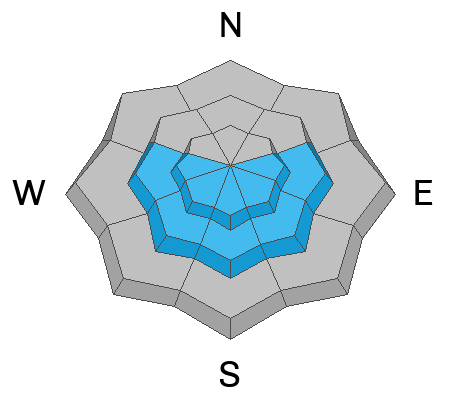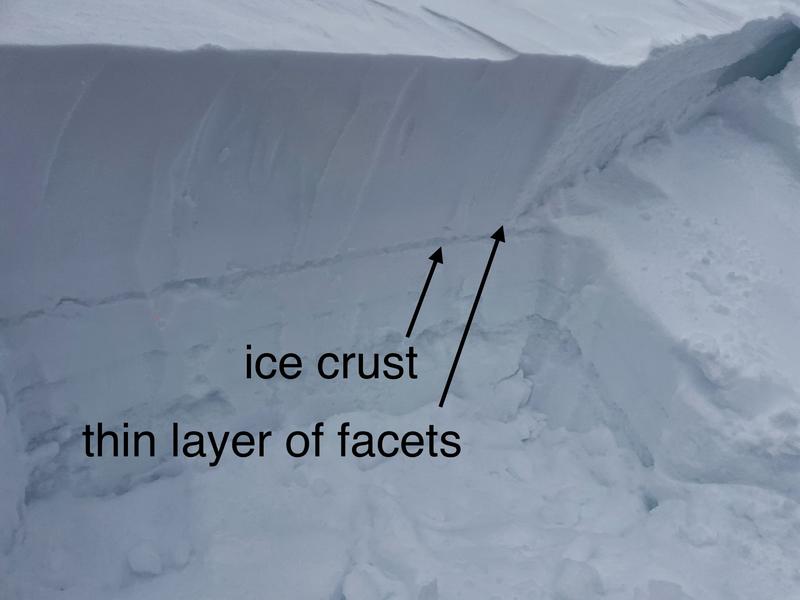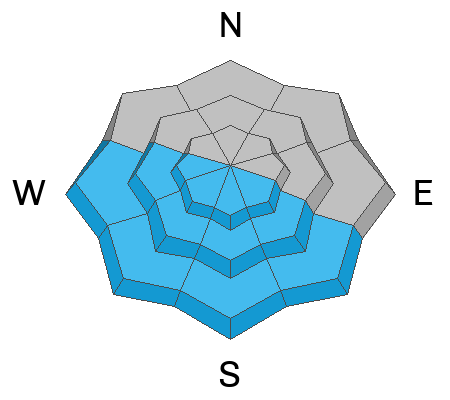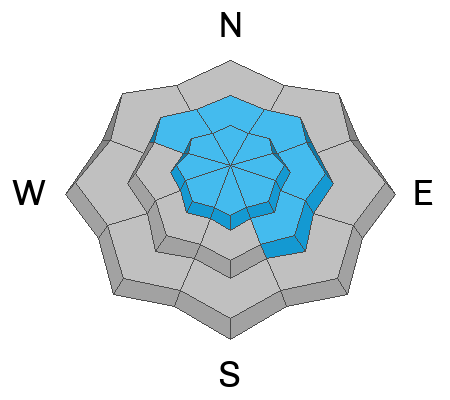Forecast for the Provo Area Mountains

Issued by Greg Gagne on
Friday morning, February 23, 2024
Friday morning, February 23, 2024
The avalanche danger is CONSIDERABLE on mid and upper elevation slopes facing east and southeast for avalanches failing in a persistent weak layer buried 2-3' deep. There is a MODERATE danger on slopes facing west through south and southeast for wet snow avalanches.
The avalanche danger is MODERATE on wind-loaded slopes facing northwest through northeast at the mid and upper elevations. Low elevation northerly slopes have a LOW danger.
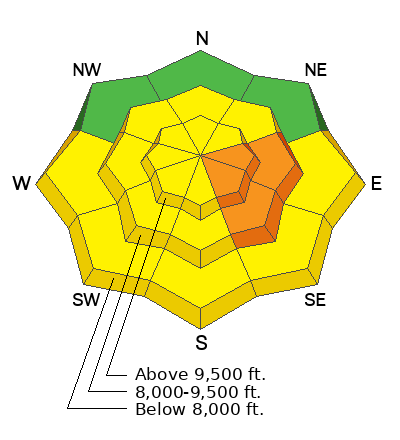
Low
Moderate
Considerable
High
Extreme
Learn how to read the forecast here


